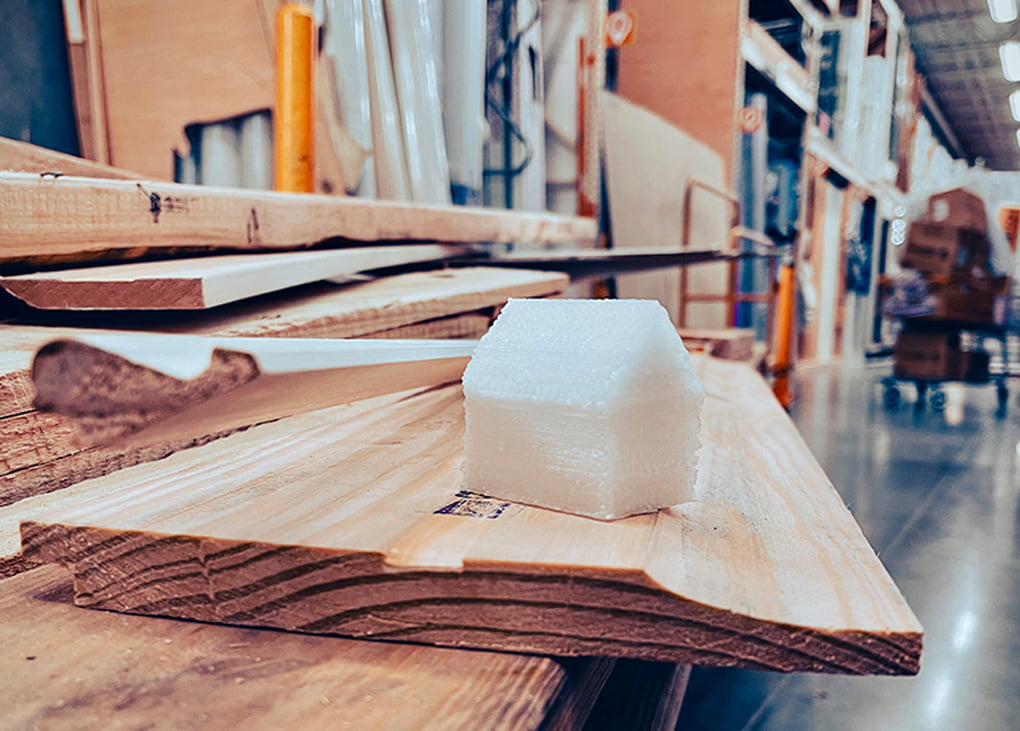A study by researchers at Texas A&M University has discovered that 3D printable phase-change material (PCM) composites can regulate building temperatures.
The composites can be added to building materials such as paint or incorporated as decorative accents, making it a cost-effective manufacturing process.
Associate professor in the Department of Materials Science and Engineering and the Department of Chemistry at Texas A&M University, Dr Emily Pentzer, told Texas A&M Today the study opens opportunities to produce more passive temperature regulation in both new builds and already existing structures.
The compounds in phase-change materials adjust their physical state according to the temperature in the environment. They convert solid to liquid when absorbing heat, and liquid to solid when releasing heat.
Traditionally, PCM building materials have been manufactured by forming a separate shell around each PCM particle, then adding these to building materials. However, finding building materials compatible with both the PCM and its shell has been a challenge. This method also decreases the number of PCM particles that can be incorporated into building materials. The new 3D printing approach allows more PCMs to be packed closer together.
In their research, Pentzer and her research team found that mixing light-sensitive liquid resins with a phase-changing paraffin wax powder created a 3D printable ink composite. The ink composite has a malleable texture, but by using a light-sensitive resin and curing it with ultraviolet light, the team solidified the 3D paste and made it suitable for use in creating real-world materials.
The research team also tested the temperature regulation through 3D printing a small-scale model house and placing it in an oven. The tests revealed the house maintained a 40 per cent temperature difference to the outside environment.
The next step in the research process is to experiment with materials other than paraffin wax.
Research scientist in the Department of Materials Science and Engineering and the Soft Matter Facility, Peiran Wei, says the team plans to combine multiple PCMs with different melting temperatures and precisely distribute them into various areas of a single printed object to function throughout all four seasons and across the globe.
The full study by Ciera Cipriani, Emily Pentzer and Peiran Wei is available to read here.
Image courtesy of Dharmesh Patel/Texas A&M Engineering.



Leave a Reply